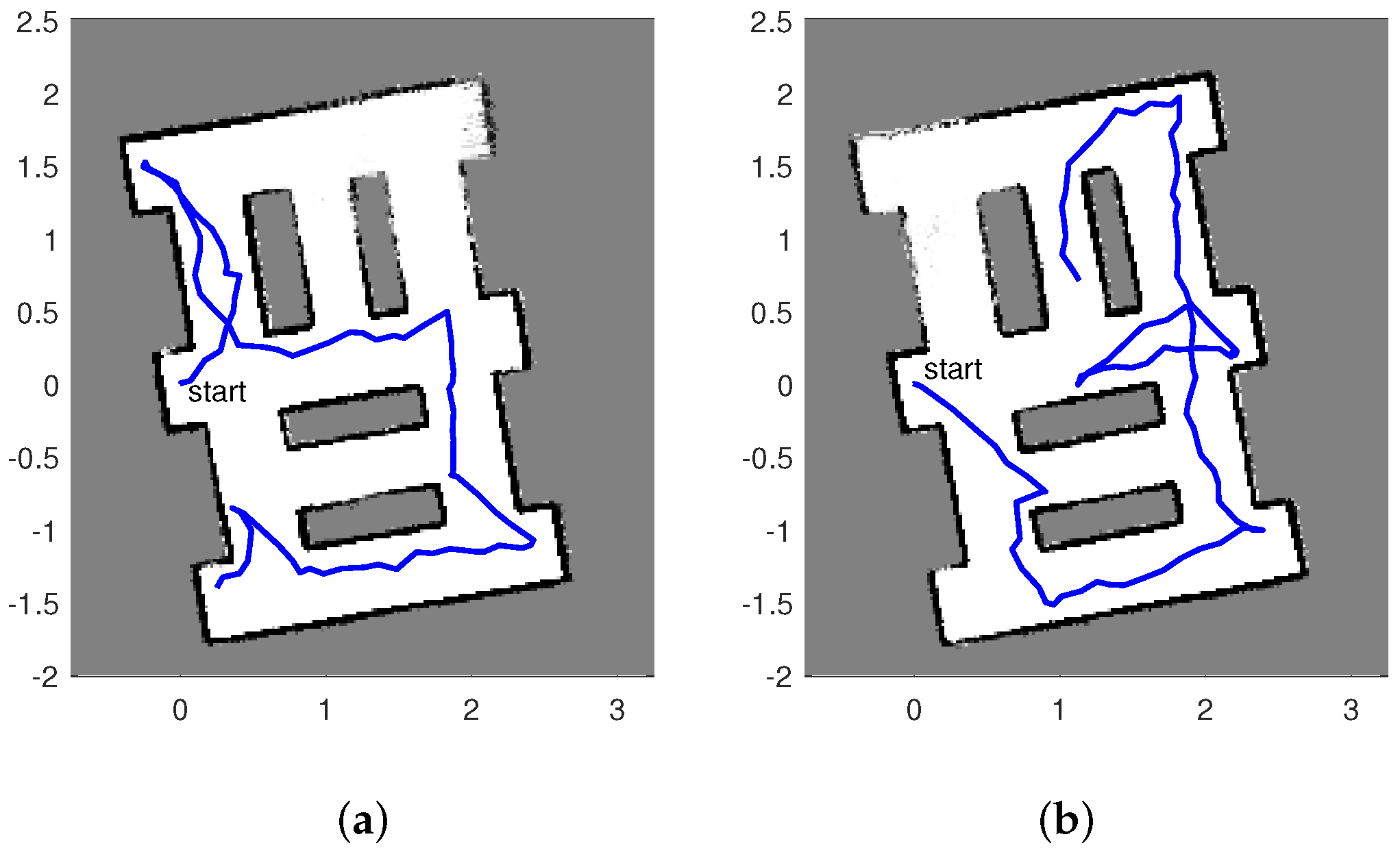
The second where objects are likely to exist, at the The first where no information is available occurs # Calculates the inverse measurement model for a laser scanner. Make sure you understand what they are doing, as you will need to use them later in the notebook. The `get_ranges()` function actually returns the scanned ranges value for a given vehicle position and scanner bearing. It returns a matrix of measured occupancy probability values based on the lidar scan model discussed in the video lectures. The inverse scanner model will be given to you, in the `inverse_scanner()` function. # In this notebook, you will generate an occupancy grid based off of multiple simulated lidar scans. You are encouraged to diverge from the outline if you think there is a better, more efficient way to solve a problem. # For most exercises, you are provided with a suggested outline. # * Iteratively construct a probabilistic occupancy grid from those log odds updates. # * Perform logodds updates on an occupancy grids based on incoming measurements. # * Extract occupancy information from the range measurements using an inverse scanner model. # * Gather range measurements of a moving car's surroundings using a lidar scanning function. After the car has gathered enough data, your occupancy grid should converge to the true map.


You will use the inverse scanner measurement model developed in the lessons to map these measurements into occupancy probabilities, and then perform iterative logodds updates to an occupancy grid belief map. In this assessment, you will be generating an occupancy grid using lidar scanner measurements from a moving vehicle in an unknown environment. # Welcome to the assessment for Module 2: Mapping for Planning.


 0 kommentar(er)
0 kommentar(er)
